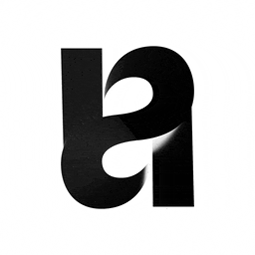One Image Books - Process
01
I started with a five by five grid. There really wasn't a particular reason for the number five. It just seemed to work. Each of the five squares is 5cm square making each print 25cm square when they were trimmed to size.
02
Then I figured out a way to cut the grid so that the image still folded into itself. I'd like to say I mathematically figured this one out; like a I wrote some code or something. But I didn't. It was more like a puzzle, I had my guidelines and I just tried to make as many options as possible.
03
In order to make each series of five images relate to each other in some way, I plotted the start and end points to give each series a unified direction. You can scroll down and see the first five series all spread out if you want to see how they line up.
04
Now I started building my shooting framework. I found out which creases would fold inward (red), and which ones would fold backward (blue). This gave me a better idea of how the image was going to interact with being folded.
05
The project was already quite a few layers deep, so I just found the longest continuous back-fold and the longest continuous in-fold, and highlighted them along with my start and end points. This became my roadmap for how I would hunt for images.
06
This example is from series III book 1. All of the shots are done in camera, this series just ended up being a little more technical. It's a long exposure shot but after a minute or so I covered up part of the lens along one of my guidelines and shook the camera.
It's one of the more overt examples of how I tried to line up each photo according to how it was going to be cut later on.
07
I don't need to get into the darkroom details, there was a bunch of little things I did in the production of this book to make sure everything lined up perfectly, but it's pretty boring.
This is how the final image looks like all spread out. It was my inclination (and everyone else who I've shown these to) to lay the thing out flat. But it really is at it's best when you can hold it and play with it yourself. Images can fold back on themselves (especially the architecture based photos) and -- since they were all shot with a grid -- things tend to line up in really surreal ways.













